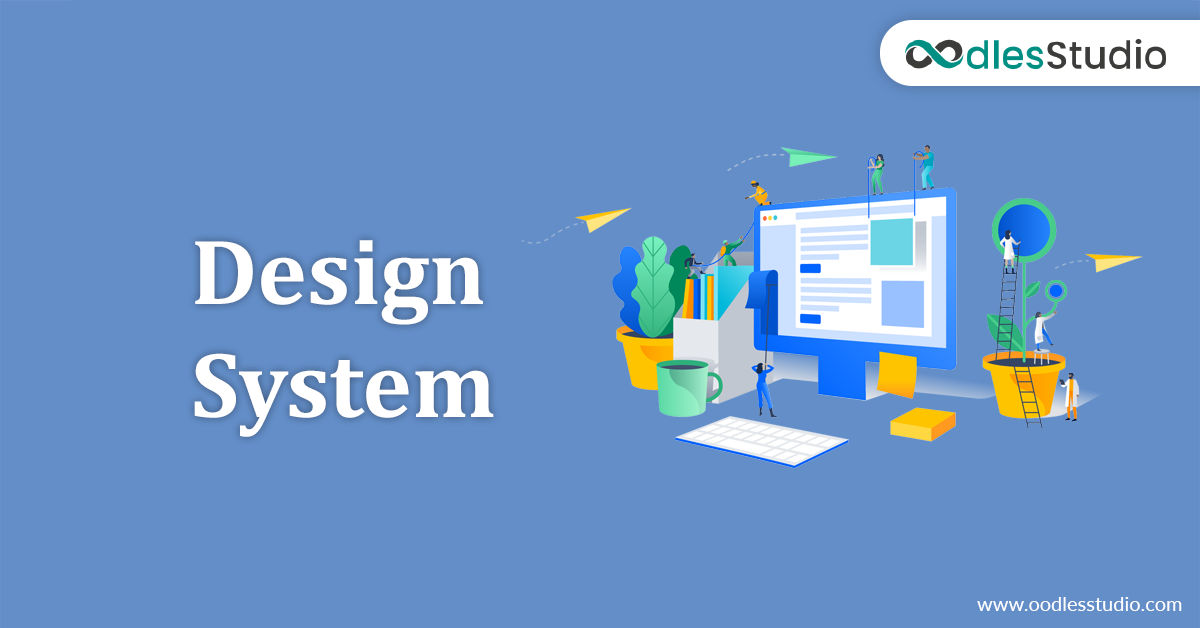What is a Design System?
The design system is the set of design standards, documentation, and principles along with the UI patterns and components to achieve those standards.These are essentially collections of rules, constraints, and principles, implemented in design and codes. These three attributes serve distinct functions and provide coherent, systemic order in systems from buttons to single-page applications.Design System is not a sketch app library, no more than a Style guide or a Pattern Library… It’s all of this and so much more! A Design System is the single source of truth that groups all the elements that will allow the teams to design, realize and develop a product.
What is inside?
The purpose of a Design System is everything that makes up your product- from typography, layouts and grids, colors, icons, components, and coding conventions, to voice and tone, style guide and documentation. It makes it easier to know where to start.
#1. Purpose and shared values.
#2. Design principles.
#3. Brand identity & language.
#4. Components & patterns.
Constraints of not having a Design System
Brand resources should be easily accessible, and copywriters should have clear instructions on how to write editorial copy. Most importantly, the UI development code should be reusable.
Design systems define principles and help companies with all these goals. In short, a Design system is a combination of tools and systematic processes, which help organizations think and build digital products with a modular approach.
There is no one-size-fits-all every design system should be approached differently and when the system breaks, it does not need to be replaced but adapted and it continues to evolve around the needs of the company. When properly managed, design systems offer successful results and help teams reduce avoidable decision making.
How having a Design System can increase productivity and collaboration
Design is increasingly becoming more complex and involves more cross-functional teams than ever before. Having a shared design language, resources and guidelines empower teams to collaborate and make better decisions.
Improve the quality, consistency, and accessibility
More importantly, this has led to inconsistent application of best practice. Auditing and organizing the design patterns across products is an opportunity to test and codify best practices.
Make it easier to work with partners
Many organizations have made their design guidelines and examples of best practice public. while creating products within an operating system or designing a new government service
Design systems are not perfect
It grows with your business. The process of developing and refining the design system will be practiced, delivered, and maintained over time it does not end. As a designer, I learned that we take many decisions we make every day for granted. Setting up a design system is a challenge. 
 However, there are some tasks don’t require years of design training to complete. Many of them could be automated.
However, there are some tasks don’t require years of design training to complete. Many of them could be automated.
That’s what good systems do they remove the need to do things that don’t bring value and allow people to focus on what they are trying to achieve.



